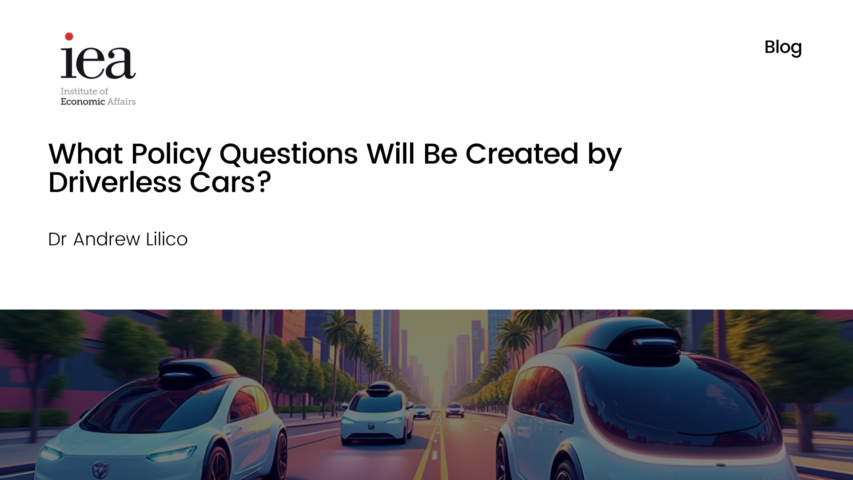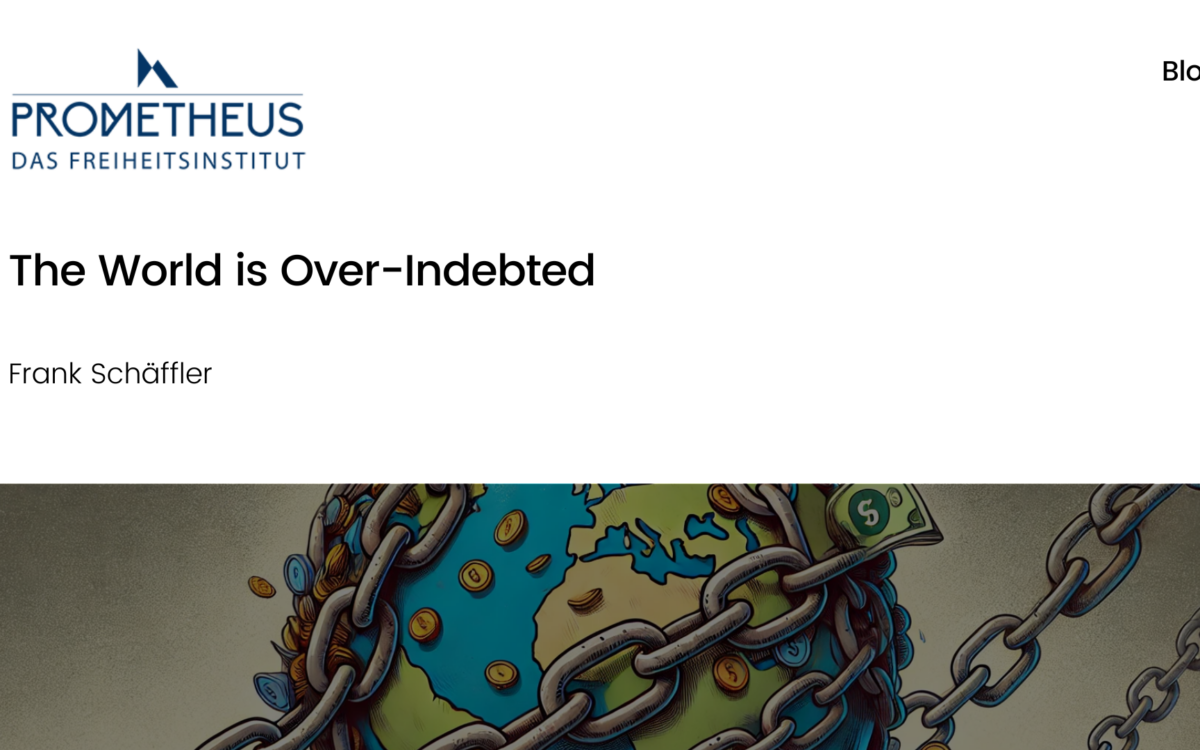What Policy Questions Will Be Created by Driverless Cars?

What Policy Questions Will Be Created by Driverless Cars?
Dr Andrew Lilico // 5 February 2020
The 2020s will see the introduction of one of the most profoundly transformative technologies for decades: the driverless car. In the world we have inhabited for the past 60 years, most adults own cars that they drive daily, which they then park in their garages, front yards or on the street, or in car parks when they go to the shops or the train station or the airport. They arrange repairs, they put in fuel and water and oil, they pay car taxes and they buy insurance. Over the next decade all of this might end, with profound implications for the way we live, but also for public policy across a wide range of areas.
Over the next decade we might switch to a world in which instead of owning vehicles that we drive ourselves, we will simply order a journey on our smartphones (or their future equivalent). By the time you have put on your shoes the car will arrive. It will take you to your destination at speeds barely comprehensible to us today. And that will be the end of your interaction with that vehicle.
The most visible public policy questions arising in the transition to this world concern public infrastructure. Roads and cityscapes will be completely transformed. Car parks and street parking spaces will be released. What will policymakers do with this space instead? Driverless cars will not require traffic lights or roundabouts, so there will be a major rebuilding programme to remove them.
To make the most of driverless cars, they will have to be permitted to run at vastly higher speeds than cars do in urban areas today. To make that safe, public policy will need to re-imagine and redesign pavements and other areas for pedestrians and cyclists. Human drivers will in due course have to be banned from cities and motorways.
What will we do with all the parking areas? Will they be converted to housing, shops, parks, city trees, or will they become part of the new pedestrian and cyclist spaces? Different cities will probably have different preferences. Policy will need to decide on whether it wants a common nationwide approach or whether to allow different cities devolved decision-making.
With vehicles owned only by fleets and journeys ordered through an online platform or platforms, and fuel being electricity not gasoline, we will need to reconsider the taxation of car travel. Will we impose consumer taxes? Will they have a fixed element and a tax per unit of distance, or by time, by electricity used or by the cost the car provider charges?
It is plausible that driverless car journeys are arranged through only one or two online platforms. Should these be regarded as network monopolies and subject to price regulation? Does it make a difference if there are many car providers or only one or two? Where do we think monopoly bottlenecks really lie? Is it the car owners, or the car manufacturers, or something else entirely such as the car AI designers or the managers of navigation systems?
How will insurance work? At present there are laws requiring drivers to have insurance. Will such laws lapse entirely with driverless cars or will we say that anyone travelling in a vehicle must have their own insurance? Insofar as we mandate insurance of vehicles, what aspect? If there is a crash today, we assign liability on bases such as mechanical failure or driver error. But if an AI car that monitors its roadworthiness crashes, is that entirely the failing of the AI? In which case where does liability lie? Is it with the shielding of the AI from cyber-attack, or did the AI encounter a situation it wasn’t programmed for (in which case is that the road planners’ fault or the AI programmers’), or…what? Insurers are still debating how best to configure driverless car insurance, so what can policymakers mandate?
It is clear that there will have to be state regulation of certain ethical precepts of driverless vehicles. For example, the car should not be programmed to plough through a crowd of pedestrians just to minimise the risk of injury to the car’s passenger. But such regulation will not cover all relevant precepts. For example, to what extent should one AI car give way to another (akin to polite driving)? Some passengers might decide they aren’t in a hurry and want their car to always give way in case someone else faces a personal emergency. They might like to be able to upload such ethical precepts into the driverless car they are using. (Perhaps their own personal AI “butler” — a kind of souped-up “Alexa” — might carry their ethical precepts and upload those for them). Should the state mandate that driverless cars must allow this?
What about the risk of social exclusion? Presumably passengers will sometimes behave badly in vehicles — e.g. making them dirty. Driverless car providers might downgrade their social credit score in the light of this. What if your social credit score becomes too low for you to get a car? Should public policy accept that? And if so, should it mandate some way for such socially excluded people to rebuild their scores?
Driverless cars herald a fascinating future of marvels for us. But there are many policy issues to resolve, of which the above are merely a taste. The future beckons!
This article was first published on the IEA’s blog.
EPICENTER publications and contributions from our member think tanks are designed to promote the discussion of economic issues and the role of markets in solving economic and social problems. As with all EPICENTER publications, the views expressed here are those of the author and not EPICENTER or its member think tanks (which have no corporate view).



